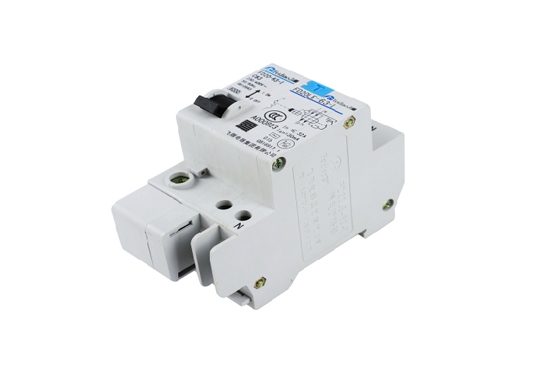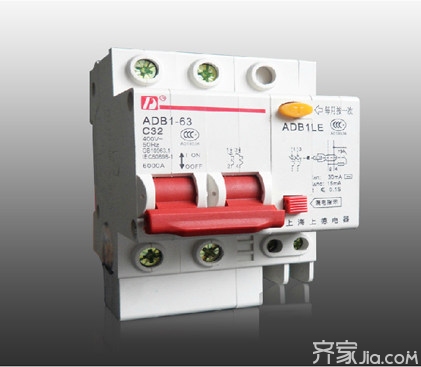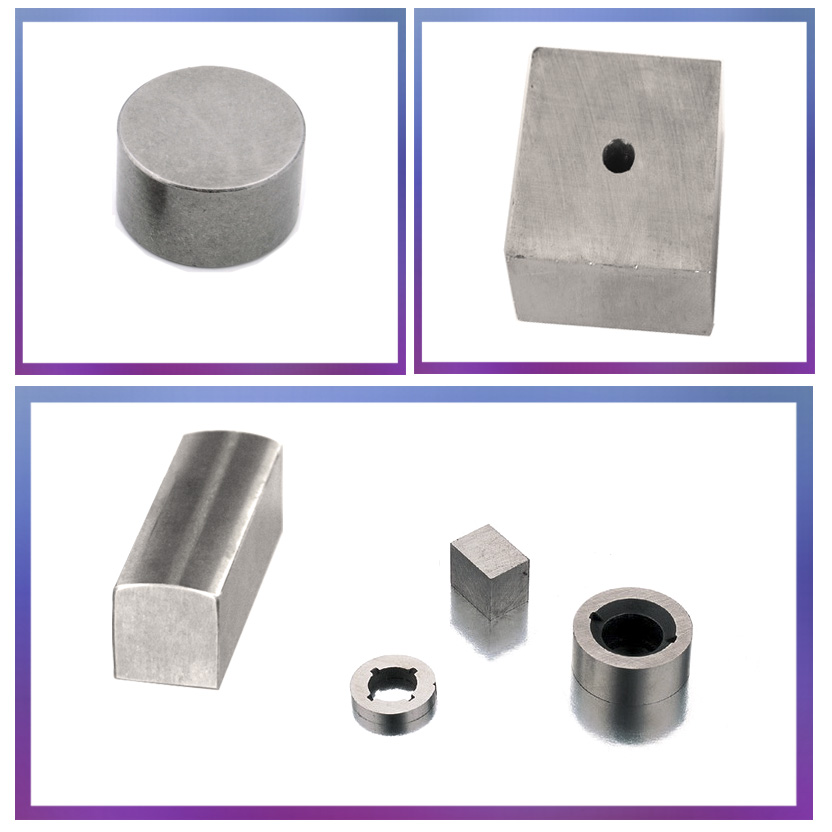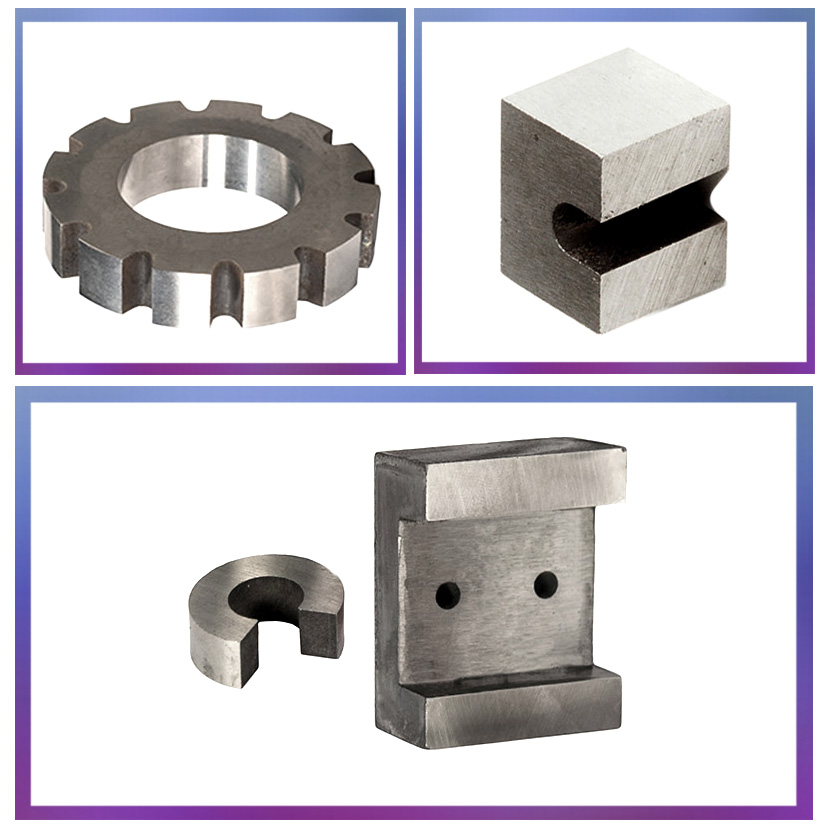In the use of household appliances, the prevention of electrical leakage is a matter of personal safety. Therefore, most homes will have a leakage protector installed. Understanding the principle of the leakage protector helps us to use it properly to protect our safety. Today Xiao Bian introduced the principle of leakage protector for everyone, let's understand it.

Leakage current protector, referred to as leakage switch, also known as leakage circuit breaker, is mainly used to protect the life of the equipment when there is a leakage fault, and it has life-threatening and dangerous personal contact protection. It has overload and short circuit protection functions and can be used to protect the overload of the circuit or motor. With short circuit, it can also be used as the start of infrequent conversion of the line under normal conditions. The following small series will explain the principle of the leakage protector from the following two aspects.
First, the working principle

The residual current operated circuit breaker handle is turned to the ON position, and the movable contact is moved to the static contact by the mechanical mechanism and contacts with the static contact to connect the circuit.
1, when the line occurs "overload" failure, "overload current" so that "hot bimetal" heat bending and pushing "lever" makes the "mechanical locking mechanism" reset, "moving contact" quickly leave the "static contact", In order to achieve the function of breaking the line;
2. When a “short-circuit†fault occurs on the line, the “short-circuit current†causes the “instantaneous release†to act, and the plunger pushes the lever to reset the locking mechanism to achieve the breaking function;
3. When a “residual current†(leakage current) or “electric shock†fault occurs in the line, the signal output by the “zero sequence transformer†triggers the conduction of the thyristor, so that the residual current operated circuit breaker cuts off the power in a very short time. Realize the residual current protection function.
Second, the principle of protection

1, overload protection
(1) Protection element: hot bimetal. (As shown in the physical diagram of the miniature circuit breaker)
(2) Thermal bimetal: A bimetal made of a composite material that deforms with temperature. The principle is: due to the different coefficient of thermal expansion of each component layer, when the temperature changes, the active layer with a higher coefficient of expansion (manganese nickel-copper alloy, nickel-chromium alloy, nickel-manganese alloy and nickel, etc.) deformation is greater than the expansion The deformation of the passive layer (made of nickel-iron alloy, etc.) having a lower coefficient of coefficient causes the entire bimetal strip to be bent toward the passive layer side, and the curvature of this composite material changes to cause deformation.
(3) Protection principle: The thermal bimetallic strips are connected in series in the electrical circuit of the switch. When an overload fault occurs on the line, the overload current flowing through the bimetal will be converted into heat energy. The bimetal strip will deform and bend, and when bent to a certain degree At the time of setting (setting value), the bent bimetal pushes the "lever" to reset the "mechanical locking mechanism" and the "moving contact" quickly leaves the "static contact", thereby achieving the function of breaking the line and protecting the safety of the line and the equipment. And prevent electrical fires.

2, short circuit protection
(1) Protection elements: Instantaneous release (electromagnetic release, electromagnet)
(2) Instantaneous release: This is a release without human delay action. This type of transient overcurrent protection is usually able to remove short-circuit faults without selectivity.
(3) Protection principle: The coil of the instant release is connected in series with the electrical circuit of the switch. When the line experiences a short circuit or a serious over-current, the over-current exceeds the instantaneous trip setting value, and the coil of the electromagnetic release device is large enough. The magnetic force overcomes the original spring force of the iron core and sucks the iron core. The iron core pushes the lever to reset the locking mechanism, realizes the breaking function, protects the safety of the circuit and the equipment and prevents the electric fire from occurring.
Tips: More practical decoration knowledge, real scene with the shoot, please pay attention to the palm of this site (micro signal: mall_jia).
Switch switch socket switch socket installation switch socket purchase
Alnico is an alloy of Aluminium, Nickel and Cobalt.It also contains Iron , Copper ,Titanium, Different metal
component constitution will form different magnet properties, application will also change accordingly.
Alnico is produced by sintered or casted technique,Its`surfaces may need machining,or to be ground for a smoother surface finish and looks brightly metallic looking. Casting means can producing AlNiCo forvariety sizes and shapes, Sintered Alnico is subsize and have very tiny tolorance but machanical performance is not good.
The most commonly used Alnico is Alnico5. There are 4 sort of cast Alnico5 plus a singlesort of sintered Alnico5 (sintered Alnico and cast Alnico have slightly different magnetic and mechanical performance). Among the permanent magnetic materials, AlNiCo have the best reversible temperature coefficient, the highest working temperature up to 500 ℃,it has the
hardest and toughest strongness.Most ALNICO Magnet grades are anisotropic (axial / vertical direction add magnetization).The others are isotropic(horizontal direction magnetized and usually have many poles on one magnet) they are weaker on magnetism but offer more options on design and properties.


ALNICO Magnet
ALNICO Magnet,Cast ALNICO Magnet,ALNICO 8 Magnet,ALNICO 5 Magnet
NINGBO SHINE MAGENETIC TECHNOLOGY CO.,LTD , https://www.shinemagnets.com